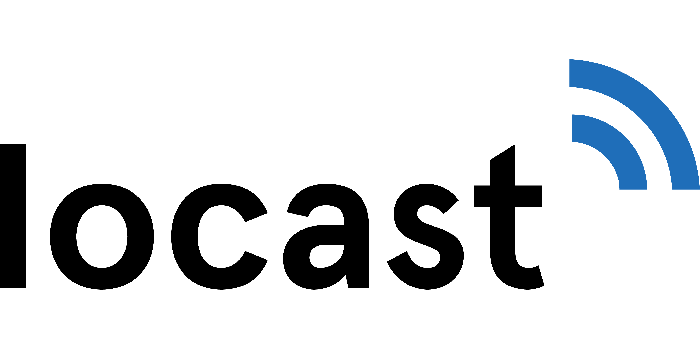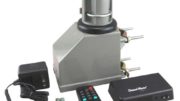After lighting up market number 30 last week, Locast is back with another city in its portfolio. Portland, Oregon residents get the Locast treatment this week, giving 30 locals to those in Portland, Salem, Tillamook, Vancouver WA, Longview WA, and Kelso WA plus the surrounding areas.
Avid readers of this blog will realize that we don’t make money from Locast, and in fact since our parent company makes money from selling antennas, you’d think they were a bit of a competitor. So why waste so many “column inches” on talking about them? Let’s take a look.
What is Locast?
Although we’ve covered this information in multiple articles, it’s worth just running down quickly what Locast is. Locast is a free streaming service available on most streaming boxes. It can also be found on DIRECTV and DISH DVRs. It provides most local channels, often including subchannels, for free. You will see occasional interruptions asking for a $5 a month donation but that’s all. It’s operated by a nonprofit whose goal is to make sure that as many people as possible can receive free TV stations even if they don’t have access to an antenna.
Is Locast better than an antenna?
Here, I would say, no. Television using your own over-the-air antenna will always be better. It will come to you a second or two sooner, and will have the best possible quality. Not only that, you’ll never be asked to pay for TV from your over-the-air antenna. Most over-the-air antennas will last you for years and there’s never a cost to use them.
Locast gets their signals the same way you do… with their own over-the-air antennas. Then they process it and stream it. This always means a delay and a slight loss of quality. But, for those who want to watch on a phone or other device, it looks great. Not only that, if you can’t put up an antenna where you are, Locast is a great alternative.
Locast is an important part of the broadcast economy
You may not realize it, but many of the commercials you see on local stations aren’t part of the original broadcast. Those commercials are added by your cable or satellite provider. It’s called “local insertion” and it’s been a part of the pay-TV landscape for years. It’s also the reason that your local broadcasters ask for money to carry their signals.
Now, I’m not crying big crocodile tears for local broadcasters, but I will acknowledge that they are businesses. They are supported by the ads they sell, and if those ads aren’t being seen, they can’t charge as much for them. This is where Locast comes in. With the exception of Locast’s occasional requests for donation, the signal you see is just what the local broadcaster is putting out. The more people who see those advertisements, the less the broadcaster has to rely on fees from your cable or satellite provider. This keeps the entire broadcast economy healthy.
Locast supports over-the-air television and that supports antennas
As Locast continues to grow throughout the country, they’ll keep raising awareness of free local television. This means that local economies will be stronger, people will have more access to local news and sports, and the smaller cities in our country will stay on a firmer footing. There are plenty of ways to get local news in Los Angeles, but are there as many of them in Ottumwa, Iowa? Supporting your local stations helps them support you.
And of course, if you get really fond of local television, you’ll want to get your own television antenna. That’s where Solid Signal comes in. We have the best selection of antennas plus free technical support! Give us a try and you just might get hooked on free live TV.





